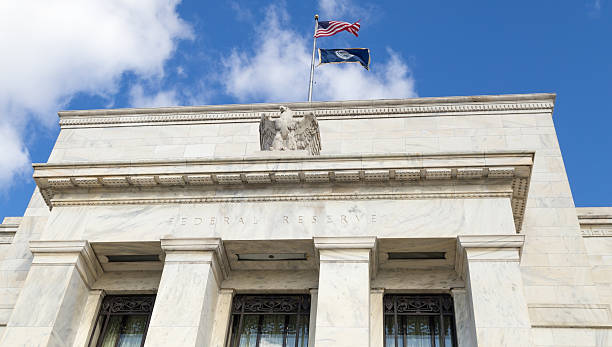Markets
In a more or less synchronic, technically inspired move US, EMU and UK bond markets reversed most of Friday’s rally. Eco data were few and mostly second tier. Marginally softer-than-expected US new homes sales (-0,3% M/M) had little impact on trading. Fed speakers covered the full spectrum of intra-FOMC views. Fed’s Goolsbee supports the median view of three rate cuts, but wants to see more progress with especially housing inflation puzzling the outlook. Fed’s Cook also advocated a cautious approach as the disinflation process has become more uneven. Fed’s Bostic reiterated his view that, if the economy develops as expected, the Fed can be patient with only one rate cut penciled in for this year. US yields rebounded between 3.6 bps (2-y) and 5.7 bps (10-y). A $66bn 2-y US Note auction was solid. German yields rebounded between 5.8 bps (2-y) and 3.2 bps (30-y). Even so, markets still see > 80% chance of a first rate cut in June. ECB’s Lane in this respect said he’s confident that the wage normalization process is on track. ECB’s Panetta (BoI) sees inflation quickly cooling to 2%, allowing for a possible rate cut. The rebound in yields had no unequivocal impact on other markets. Equities showed a mixed picture (S&P 500 -0.31%, Eurostoxx + 0.27%). Oil remains well bid (Brent $86.8/b). The rise in yields didn’t help the dollar. DXY lost modest ground (close 104.22). EUR/USD rebounded to close at 1.0837. The rebound of the yen, even against a soft dollar remains limited despite high profile verbal interventions from Vice Fin Min Kanda. EUR/GBP was blocked in a tight intraday trading range (close little changed at 0.8575).
Asian equities this morning show no clear trend as investors take a cautious approach toward the end of the quarter. The PBOC again strengthened the fixing of the yuan, resulting in a further improvement of the off-shore yuan while the on-shore currency is trading marginally softer (USD/CNY 7.2194). Later today, the US Philly Fed Non-Manufacturing Survey, durable goods orders, house price data and consumer confidence (Conf. Board) will be published. Durable goods orders are notoriously volatile. Shipments are expected to ease after a strong reading last month. Higher than expected house prices might keep housing-related inflation in focus. US consumer confidence is expected to stabilize (107 from 106.7). We don’t expect today’s releases to be a ‘game-changer’. Bond market sentiment remains a bit diffuse after last week’s ‘mixed Fed guidance’. Yesterday’s rebound suggests that there is little room for markets to further position for an early/aggressive Fed easing cycle. If so, the downside in the dollar should stay well protected. Also keep an eye at the policy decision of the Hungarian central Bank (MNB). After the recent decline of the forint, the MNB will probably scale back the one-off February pace of a 100 bps cut. Most market participants expect 75 bps easing, but 50 bps might also be on the table.
News & Views
The US’ independent budgetary watchdog warned for a Liz Truss-style market shock if the government fails to address the matter of ballooning federal debt. Swagel, director of the CBO, referred to the gilt and pound collapse in September 2022 when former PM Truss announced sweeping tax cuts funded by more debt. It eventually led to her resignation after being in office for only 45 days. Swagel said the US was not there yet but risks are rising. His comments came a day after the CBO issued new longer-term economic projections, which showed debt levels rising to 166% of GDP in 2054. But in 5 years already, the US debt-to-GDP ratio would exceed the WWII high of 116%. The US is expected to run deficits of about 6% over the next 10 years before increasing further on higher net interest outlays. These forecasts are based on the scheduled expiry of Trump’s 2017 tax cuts in 2025. Some calculations estimate the cost at $5tn for making these permanent.
The French 2023 deficit turned out bigger than the government expected in a setback for president Macron’s ambition to address the country’s fiscal challenges. Official figures issued this morning showed the shortage expanding from 4.8% in 2022 to 5.5% last year. The Élysée had penciled in a marginal uptick to 4.9%. Growth in tax revenues slowed sharply amid economic stagnation while spending eased only slightly. Debt-to-GDP dropped from 111.9% at the end of 2022 to 110.6%.









